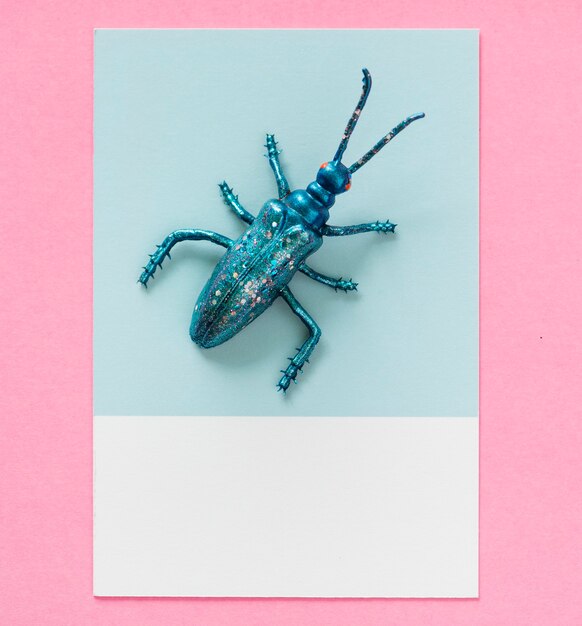Fascinating Facts about Scorpions

Scorpions have been around for over 400 million years.
There are around 2,000 different species of scorpions in the world.
The largest scorpion species is the emperor scorpion, which can grow up to 8 inches long.
Scorpions are arachnids, not insects.
Contrary to popular belief, most scorpion species are not poisonous enough to kill humans.
Scorpions have a special organ called a pectine, which helps them detect vibrations.
Scorpions use their venom to paralyze or kill their prey.
Scorpions can consume insects, spiders, and even small vertebrates.
Despite their venomous nature, scorpions also have predators such as birds, lizards, and rodents.
Scorpions are known for their ability to glow under ultraviolet light due to a fluorescent chemical in their exoskeleton.
Scorpions have a unique way of reproducing called promoting mating.
The gestation period for scorpions can vary between a few months to a year.
Some scorpions give live birth, while others lay eggs.
Scorpions can survive without food for several months.
Scorpions are capable of living in extreme environments, such as deserts, rainforests, and caves.
Scorpion venom is being studied for potential medical uses, such as cancer treatment.
Scorpions have been found in every continent except Antarctica.
The smallest scorpion species, the minuscule Scorpiones minax, is only 0.1 inches long.
Scorpions have a hard exoskeleton that helps protect them from predators.
Fascinating Facts about Scorpions part 2
Scorpions have an excellent sense of vibration, allowing them to detect prey or potential threats.
Scorpions have a unique mating dance to attract a mate.
Scorpions molt their exoskeletons as they grow.
The average lifespan of a scorpion is 2-6 years.
Some scorpion species are communal and live in groups.
Scientists believe that scorpions have a primitive form of social behavior.
Scorpions can survive in temperatures ranging from below freezing to over 120°F (49°C).
Scorpions have specialized breathing structures called book lungs.
Scorpions have hairs on their legs, aiding in their sensory perception.
The world’s most venomous scorpion is the Leiurus quinquestriatus, also known as the deathstalker.
The earliest known scorpions date back to the Silurian period.
In ancient times, scorpions were associated with various mythologies and used as symbols in art and architecture.
Scorpions are nocturnal creatures, preferring to be active during the night.
Scorpions have an impressive ability to adapt to different environments and survive harsh conditions.
Scorpions have been observed exhibiting complex behaviors, such as caring for their offspring.
Scorpions have specialized sensory hairs on their pincers, helping them locate prey.
Scorpions often fluoresce under moonlight, which may help them lure prey.
There is a species of scorpion, the Hottentotta jayakari, which has the ability to regrow lost limbs.
Scorpions have a unique circulatory system that allows them to survive in oxygen-depleted environments.
Scorpions have a hard exoskeleton, making them difficult to crush or kill.
Scorpions are relatively docile creatures unless provoked or threatened.
Some scorpion species have venom that can cause severe pain, but is not life-threatening.
Scorpions play an essential role in ecosystems, controlling insect populations.
The largest scorpion fossil ever found is estimated to be 19 inches long.
Scorpions have chemical receptors on their pincers, allowing them to sense the environment and prey.
Scorpions have unique sensory organs called pectines, which help them navigate their surroundings.